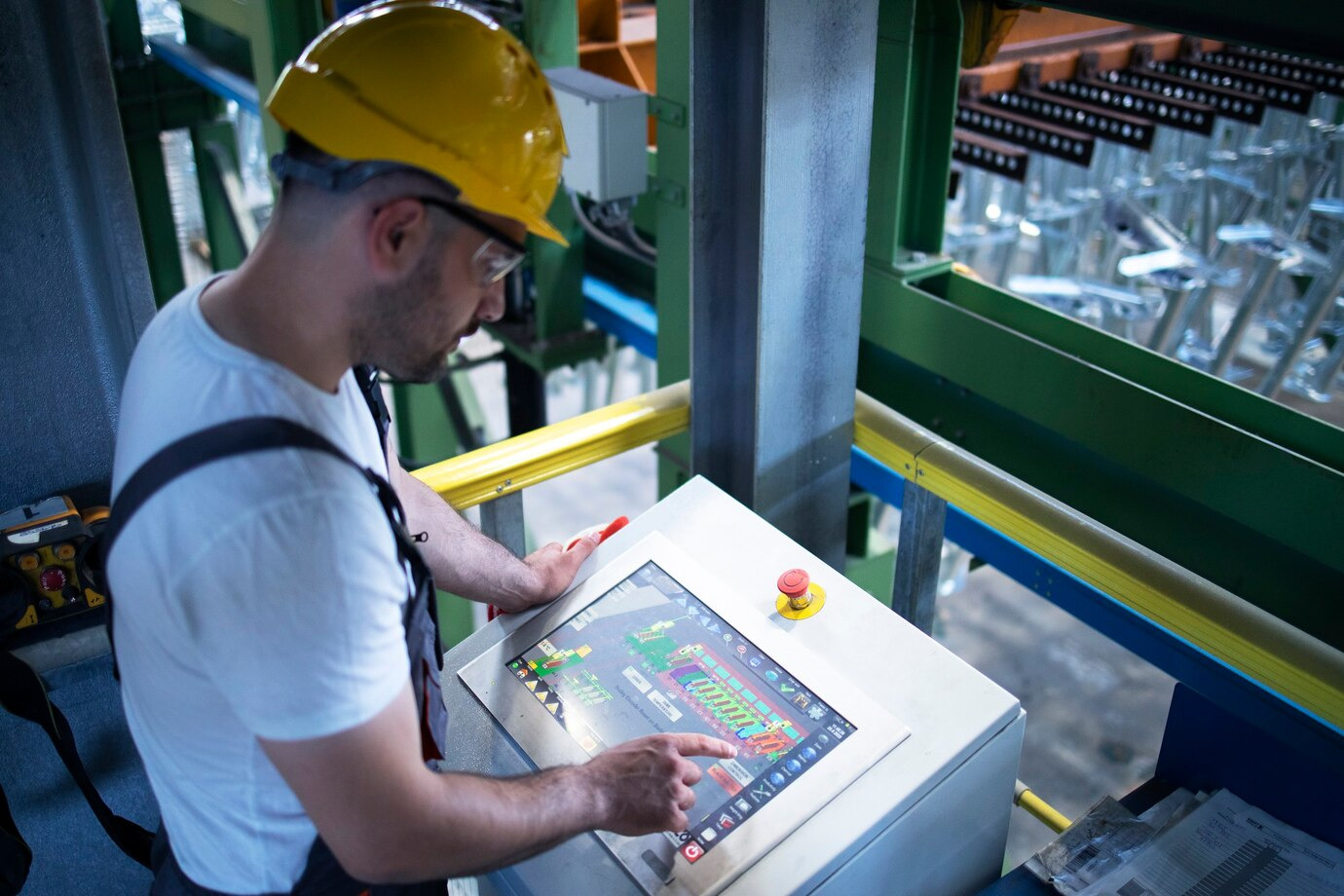
The Internet of Things (IoT) has infiltrated many new industries, including manufacturing. Inventors and retailers rely on manufacturing facilities to mass-produce their products for customers. Manufacturers can earn a larger margin if they can produce products at a lower cost. Creating efficient operations can drastically reduce overall costs. IoT in factories is a great way to create more efficient operations. Learn more about how the internet of things in manufacturing can contribute to operational excellence.
Benefits of IoT for Manufacturing Efficiency
The majority of manufacturing companies are turning to Internet of Things solutions thanks to the many benefits they offer. If you don't take advantage of the manufacturing IoT benefits yourself, you won't be able to produce the same results at the same price. You need to embrace the trend in the industry to stay competitive.
1. Data Collection
Barcode scanners and sensors make it easy to monitor activity and data at your facility. You can even set up your system to collect and store specific data that you can use to analyze customer and employee behavior. This data can become invaluable to you as you make changes in your company tailored to the data you've obtained. You should make a point to go over data in-depth at least once a year if not more frequently. You will also receive advance notice if the system detects something alarming.
2. Enhanced Productivity
IoT devices can make it easier for employees to complete tasks during the day, leaving more time for them to get more done. For example, sensors, barcode scanners, and printers make it quicker to accurately label products on the conveyor belt instead of having dedicated staff perform the same task. These tools can also make it possible for your facility to produce more products for clients in a shorter amount of time. Manufacturing companies will be able to save money on labor this way.
3. Improved Quality Control
When mass-producing a product for a client, all products must adhere to specific standards. They must also be consistent. Smart scales can monitor the weight of different products. You can also use additional sensors to ensure that your products are packaged properly before you ship them out. You will have fewer quality control issues when the client receives their shipment. Therefore, you won't have as many refunds. Even more valuable to your business, your customers will want to order through you again.
4. Reduce Expenses
Ultimately, IoT used for manufacturing is designed to lower overhead costs for the manufacturing company. Companies can save money by spending less on labor and accomplishing things more quickly. There are also fewer returns and more repeat customers. The manufacturing company only receives a small portion of the profits. A 10% margin is considered average or "healthy", and a 20% margin is considered high.
You will also be able to use Iiot asset management. With IoT enabled asset tracking, it's easy to see just how much you're making with each client and how to easily increase your margins. Asset monitoring IoT can be done with the use of scanners and integrated accounting programs.
Implementing IoT Sensors Manufacturers and Devices on the Factory Floor
To create an effective interconnected system at your manufacturing facility, you need to buy a comprehensive smart hub and compatible IoT devices.
There are a variety of hubs you can choose from. Some will include speakers or cameras. Others and more simplistic. You want a hub that includes as many features as you need while also including great connectivity and compatibility with other brands.
Just some of the IoT devices you can include in your IoT system include:
- Barcode scanners
- Torque drivers
- Foot pedals
- Web cameras
- Pick-to-light strips
- Printers
- RFID tags
- Adon lights
- Sensors
Even if your hub allows you to connect devices from different brands, you may experience better results by sticking to the same brand for all of your products.
Predictive Maintenance and Asset Optimization with IoT
When you rely on your IoT system to facilitate manufacturing operations, you can't afford for any devices to stop working. You can prevent foreseeable problems by performing regular audits of the system each week and performing updates when necessary. The audits can identify any problems with the system in advance so that you can tend to them appropriately.
Monitoring and Adjusting IoT Systems for Ongoing Excellence
There will be times when your system becomes out of date. Many IoT devices will require an upgrade after 5 - 10 years. You may decide to upgrade the hub. When you upgrade the hub, certain devices may not be compatible anymore.
Conclusion: Iot in Manufacturing
The IoT devices come with a lot of benefits for manufacturing companies. When utilized properly, the right IoT equipment and the right utilization can allow IoT to increase margins and profits at your facility. Contact your local IoT company to get an audit today.
Original Source of the original story >> Embracing IoT for Operational Excellence in Manufacturing






